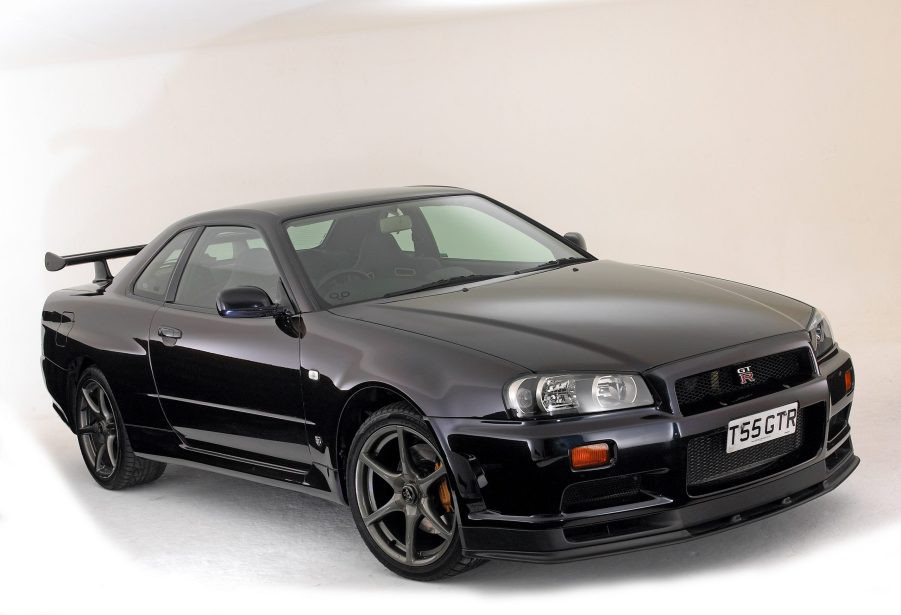
RB26 vs. VG30: Which JDM Nissan Engine Is Better?
Article Highlights:
- The RB26 occupies a special place in motoring history
- Nissan’s JDM-spec VG30 was better than people remember
- Each engine has its weaknesses
The world of now-classic JDM cars is full of arguments and “this vs. that” comparisons. Often, Nissan finds some of their vehicles at the center of this. Now, their engines are too. The RB26 is the legendary inline six powerplant found in the legendary Nissan GTR, and the VG30 V6 engine propels the tech-heavy 300ZX sports car. Countless arguments about the cars have been had, but which engine is better?
How much power does the RB26 make?

Obviously, the cornerstone of the JDM Nissan engine fight (and the one in the Donut video above), is horsepower. It’s what we’re all here for at the end of the day. However, power figures come in two flavors. In period, the top-spec RB26DETT made a peak of “276” hp and 289 lb-ft. The quotes are there because of the Japanese gentleman’s agreement.
For those not in the know, it basically meant that that’s what all the JDM marques said their cars made to discourage street racing while they actually made more in actuality. For the RB, estimates range from 300-375 hp. However, the RB26 also got a lot of race car tech the VG Nissan engine didn’t. That means things like sodium-filled exhaust valves and individual throttle bodies. As Donut points out, the inline six configuration also makes it easier to work on and, critically, strap a few big turbos to.
How much power does the VG30 make?

While both of these motors came with two turbos in-period, the VG30’s V shape means it took up far more room in the engine bay than the RB26. Power numbers for the Nissan 300ZX were released before the JDM gentleman’s agreement and numbered at 283 hp and 276 lb-ft. Reliability is on the side of the RB26 here, with the VG30 being known for being a slightly more fiddly engine.
However, it’s not all downsides for the VG. The engine’s configuration means it fits better into the tighter engine bays of some newer cars, making it an excellent candidate for engine swaps. But the VG30’s biggest advantage is cost. People love swapping in RB26 motors to cars like the Nissan 240, but that also means paying anywhere from $15,000-$30,000 for one. A good low-mile JDM VG30 engine is a tenth that.
Only one JDM Nissan engine is better

However, the motorsports pedigree of the RB26 is what earned the Nissan Skyline its Godzilla nickname. At the end of the day, the RB26DETT had a far larger cultural impact than the VG30, and for good reason. These things are worth all that money for a reason. Plus, racing tech like ITBs and sodium valves means the RB26 can produce solid, reliable power without much issue. For that reason, the RB26 is the best JDM motor out there full stop. You heard me 2JZ.


